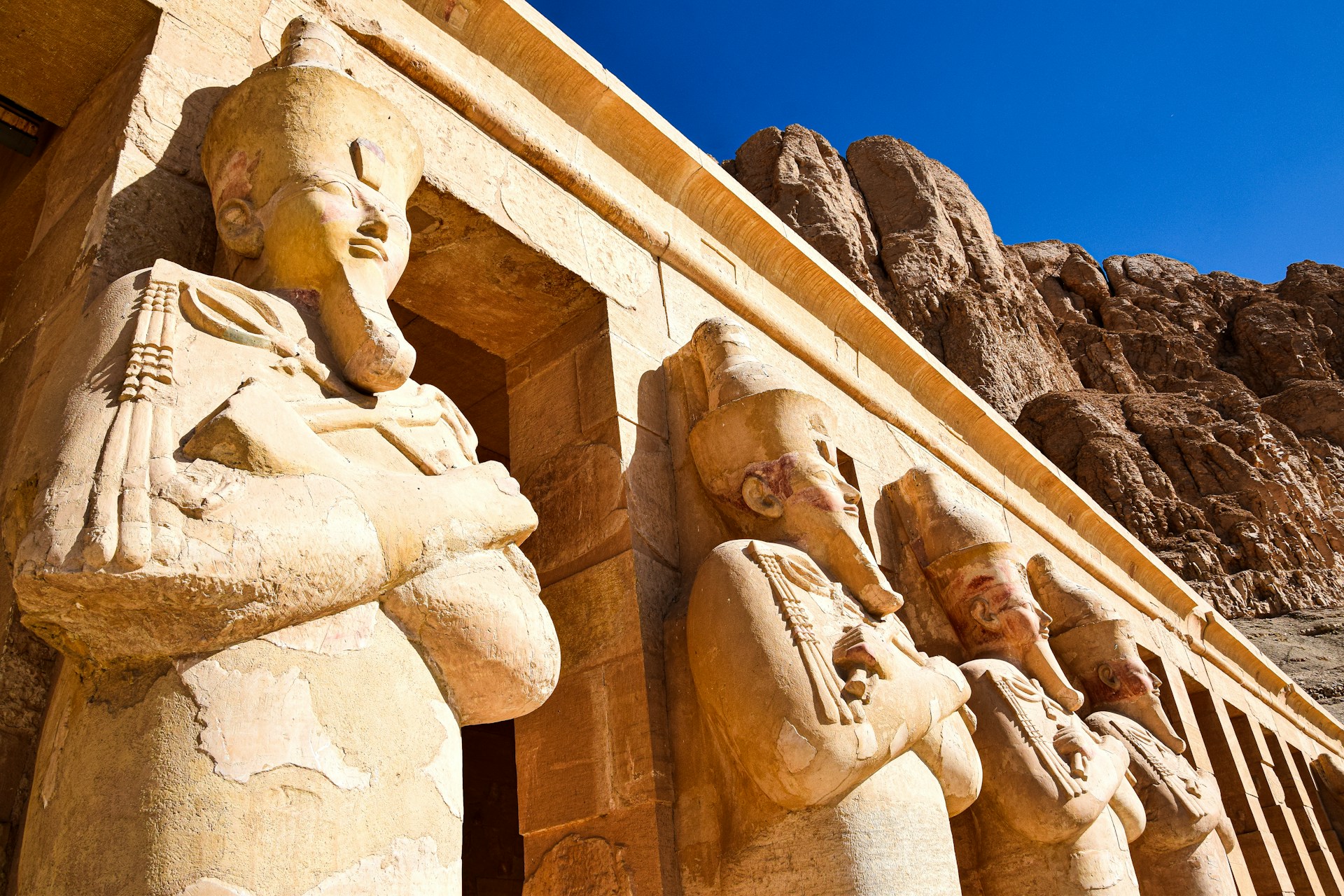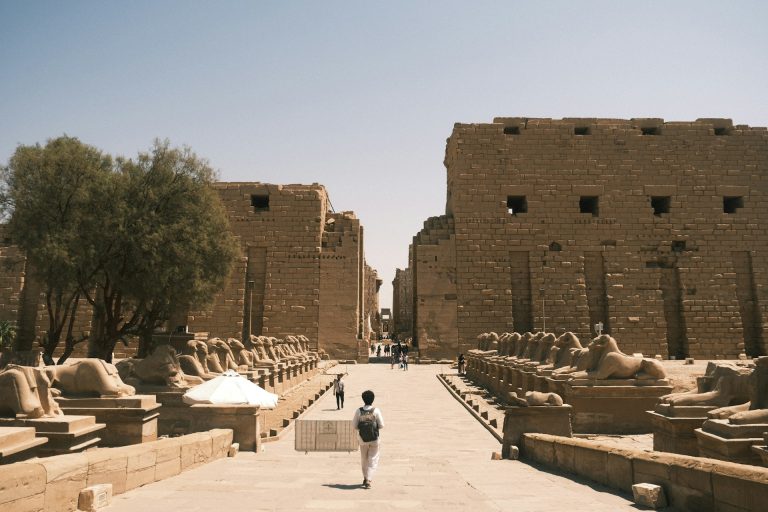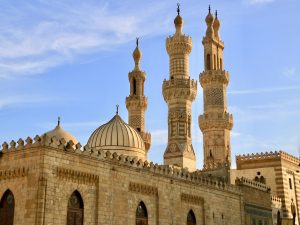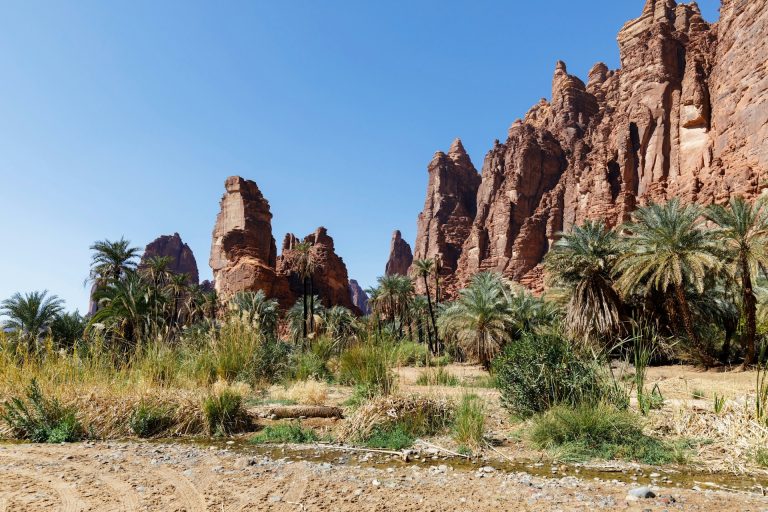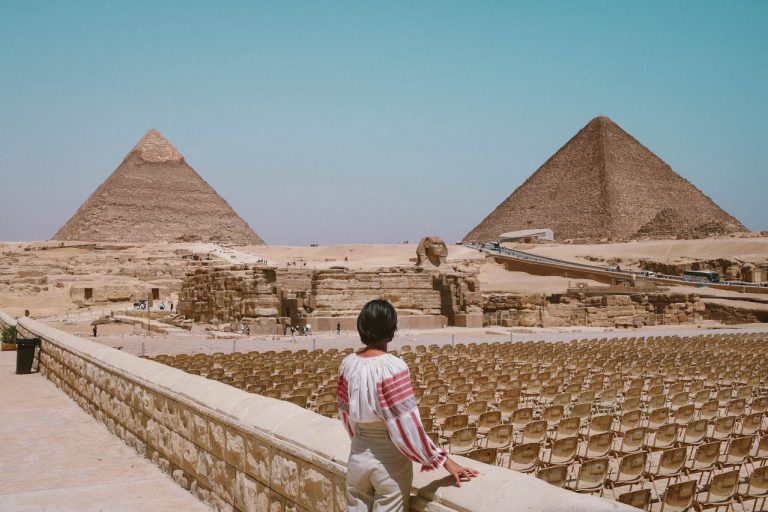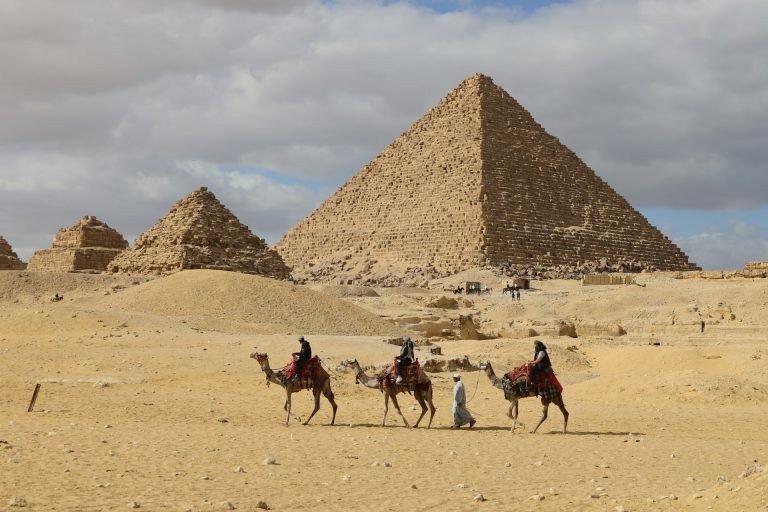Luxor’s Must-Visit Temples
Luxor, known as the world’s greatest open-air museum, is home to some of ancient Egypt’s most fascinating temples. These majestic structures reveal stories of powerful pharaohs, mysterious gods, and impressive architectural achievements. Visitors from around the world flock to this iconic city on the Nile to walk in the footsteps of history.
Each temple in Luxor offers a unique glimpse into ancient times, from the vast Karnak Temple Complex to the towering statues of Luxor Temple. These sites provide a window into the complex spiritual life and artistic prowess of the ancient Egyptians. Strolling through these ruins, you can almost feel the whispers of priests and the echoes of ceremonies that once filled these sacred halls.
Exploring Luxor’s temples is more than just a sightseeing adventure; it’s a journey back in time where history comes alive with every step. Whether marvelling at the intricacies of the carvings or soaking in the grandeur of the architecture, Luxor never fails to captivate. Whether you’re a history buff or just love a good adventure, these temples are sure to leave a lasting impression.
Karnak Temple Complex: The Heart of Thebes
The Karnak Temple Complex stands as one of the largest and most impressive temple sites in all of ancient Egypt. Located near Luxor, Karnak was the religious centre of Thebes, playing a critical role in ancient Egyptian culture. Spanning over 200 acres, the site comprises a vast network of temples, chapels, pylons, and statues, each bearing witness to the incredible feats of the pharaohs who tried to leave their mark here.
At the heart of Karnak lies the Great Hypostyle Hall, a forest of 134 massive columns towering at about 23 meters. Walking through this hall, visitors can marvel at the intricate carvings and hieroglyphs that adorn each column, depicting scenes of rituals and legendary battles. This architectural wonder inspires awe and provides a vivid glimpse of the power and devotion that defined ancient Thebes.
One of the highlights of visiting Karnak is the Sound and Light Show. As night falls, the temple complex transforms into a magical stage where lights dance across the ancient stones, accompanied by a narration that brings history to life. The experience is both educational and enchanting, inviting visitors to dream of the ancient days under a starlit Egyptian sky.
Luxor Temple: The Jewel of the Nile
Luxor Temple, located alongside the Nile, is truly a jewel that has withstood the test of time. As you approach, the majestic Avenue of Sphinxes stretches out, leading to the temple entrance. This grand pathway, once lined with hundreds of sphinx statues, sets a tone of mystery and wonder.
Inside the temple, the towering Obelisk of Ramses II catches your eye. Originally one of two obelisks, its pair now resides in Paris. This soaring monument celebrates the pharaoh’s grand accomplishments and serves as a reminder of the temple’s glorious past.
Visiting Luxor Temple at night provides a completely different experience. The site becomes an ethereal relic under the soft glow of strategically placed lights. Shadows play on the walls, emphasising the temple’s grand features and leaving visitors enchanted. This peaceful ambience offers a stark contrast to the daytime bustle, allowing for quiet reflection amidst the millennia-old stones. It is a moment to pause and contemplate the ingenuity and belief systems of those who once worshipped here.
Temple of Hatshepsut at Deir el-Bahari
The Temple of Hatshepsut is one of Luxor’s most stunning architectural feats, carved into the cliffs at Deir el-Bahari. This terraced structure stands as a testament to the ingenuity and craftsmanship of ancient builders. Visitors are greeted by grand ramps and levelled terraces that blend seamlessly with their natural surroundings. The temple’s strategic alignment captures sunlight in a spectacular display, especially at sunrise, highlighting its remarkable design.
Hatshepsut’s story is equally impressive. She was one of Egypt’s few female pharaohs, and her reign marked an era of peace and prosperity. Her temple was built to commemorate her achievements and serve as a sanctuary dedicated to the god Amun. Walking through the temple, you can find vibrant reliefs illustrating stories from her reign, including her famous expedition to the land of Punt.
Viewed from the cliffs above, the temple offers breathtaking vistas of the surrounding desert and mountains. It becomes clear why this location was chosen. The site symbolises resilience and vision, reflecting the powerful legacy of one of Egypt’s most extraordinary leaders.
Medinet Habu: The Mortuary Temple of Ramses III
Medinet Habu serves as the final resting place of Ramses III, a pharaoh known for his military victories and significant contributions to Egypt’s stability. This impressive structure is noted for its massive walls and detailed inscriptions narrating Ramses III’s triumphs over invaders, including the Sea Peoples. These depictions are some of the most detailed records of warfare in ancient Egypt, offering historians and visitors alike a vivid glimpse into past military conquests.
The temple’s well-preserved reliefs offer a closer look at daily life, religious practices, and the pharaoh’s power. Each carving tells a small piece of a larger story, creating a tapestry of history etched in stone. Wander through its chambers to witness scenes of gods and offerings, which played crucial roles in Ramses III’s reign.
Understanding the layout of Medinet Habu reveals its function beyond being just a mortuary temple. It served as an administrative hub and fortress, offering insights into the pharaoh’s broader influence and control. This complex stands as a testament to the intertwined nature of religion and politics in ancient Egyptian society.
Conclusion
Luxor’s temples are more than just historical landmarks; they are windows into an ancient world that continues to captivate and educate modern travellers. From the sprawling Karnak Complex to the majestic Medinet Habu, each temple offers a unique story that helps us piece together Egypt’s rich tapestry of history, religion, and culture.
Discovering these temples allows for a deeper appreciation of the creativity and determination of the ancient Egyptians. Every column, relief, and sculpture holds secrets of the past, waiting to be uncovered by curious minds. Luxor promises an adventure that blends the awe of ancient accomplishments with the joy of exploration.
When it comes to experiencing these wonders, TaNefer Tours is your gateway to the treasures of Luxor and beyond. Whether you’re eager to explore majestic ruins or listen to the stories etched in stone, our customised tours ensure you capture the essence of Egypt’s most fascinating sites. Join us to make these ancient marvels part of your unforgettable Egyptian adventure. Book a Luxor City break today!
